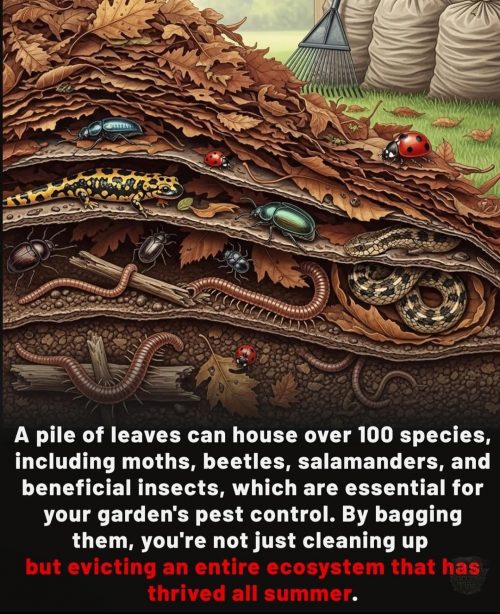Watch this video. Are you fooled? Does this look at all convincing to you?
Trump tonight appears to have pushed the false "medbed" conspiracy theory, which has spread in the far-right internet over the years. https://t.co/L1MBPIU4ON pic.twitter.com/wWBQPDFbnb
— Alex Kaplan (@AlKapDC) September 28, 2025
It’s not even a good AI video. On technical merits alone, it’s crap; but it’s also touting a non-existent medical technology that it doesn’t bother to explain how these “medbeds” would work. It was promoted by the President of the United States of America, Donald J. Trump, making it merely the latest in a long string of cringe.
In reality, the video, first flagged by Media Matters’ Alex Kaplan, did not air on “My View with Lara Trump,” as it claimed, or any other Fox News show. These so-called med beds do not exist. Yet many QAnon devotees insist the non-existent technology secretly keeps John F. Kennedy Jr. alive. As investigative journalist Jacqueline Sweet has discovered, the earliest mention of the video’s claim comes from a now-deleted Instagram page that “uses a common fake name for fake doctors in romance scams.” By sharing the AI footage of himself, Trump is giving his MAGA followers false hope that he will soon grant them access to the elites’ magic product. The video was eventually deleted from Trump’s account on Sunday morning — but not before it gained traction online.
Trump defenders, as they are often wont to do, rushed to laugh off the incident as a harmless joke. But a quick social media search reveals that a lot of people who are dying or watching a loved one fade away with cancer and other illnesses really believed it. QAnon-type spaces were excited at the possibility that Trump would finally release all the hidden cures. Many MAGA believers have refused medical treatment because they believe med bed tech will restore their health in minutes. This is both depraved and heartbreaking.
How would crawling into a bed with a plastic bubble over it improve the quality of your health care? I don’t know. They don’t know. This is pure cope: the people who are busily dismantling the functionality of conventional health care are trying to compensate by inventing fantasy magical technology to replace it.













